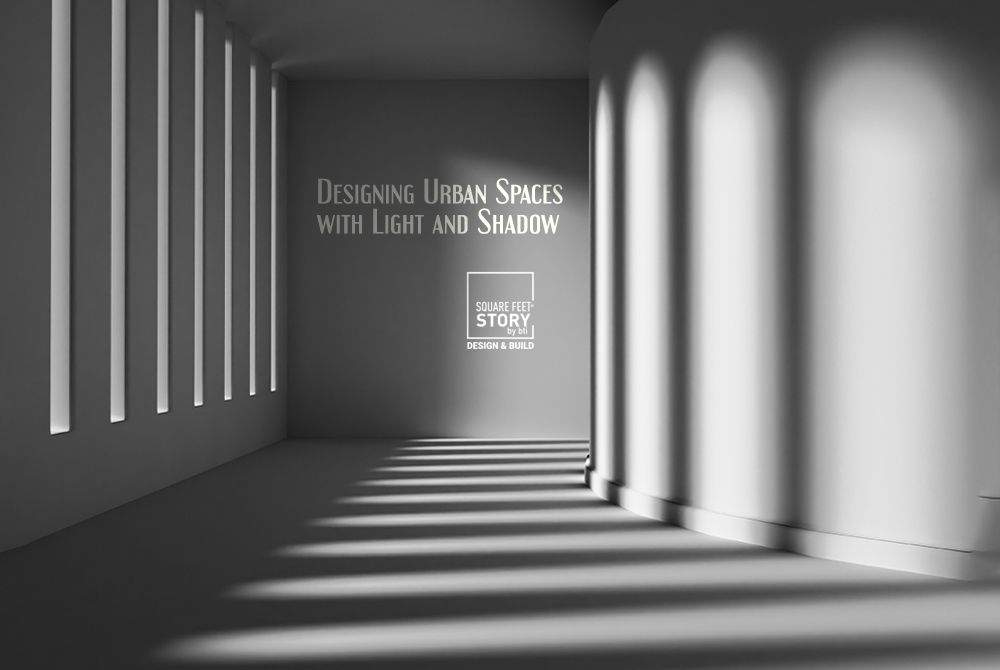
Designing Urban Spaces with Light and Shadow
Introduction
Light and shadow are inseparable elements that shape how people perceive and experience their surroundings. In urban spaces, they play a vital role in creating contrasts and enhancing the overall essence of the environment. This article explores the historical significance of light and shadow, their influence on spaces, and the various ways they can be employed to elevate urban-scale projects.
Historical Significance of Light and Shadow in Spaces

Church of Light by Tadao Ando Source: Metalocus.es
Throughout history, rulers and architects used light and shadow to establish power and evoke emotions. In religious architecture, the interplay of light and darkness instilled a sense of serenity and spiritual peace. Examples like the ‘Church of Light’ and the ‘Konark Sun Temple’ demonstrate how architects effectively utilized light to create compelling spatial experiences.

Konark Sun Temple|| Source: Kidadl
Play of Light and Shadow in Urban Spaces

Source: RTR||Rethinking The Future
Light and shadow are essential in creating focal points and interactive urban spaces. Proper use of natural and artificial lighting can transform the perception of spaces, providing feelings of stillness or dynamism. By understanding the relation, connection, separation, and direction of lighting, urban designers can shape the flow of movement and user experience.
Applications in Urban Spaces
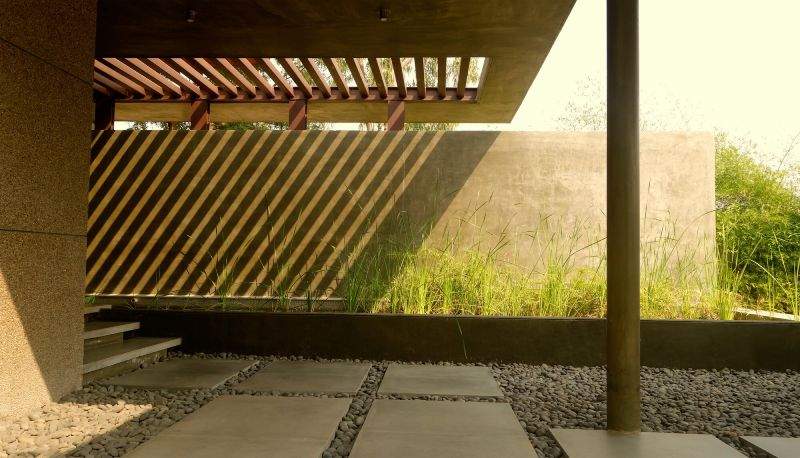
Source: Cindrebay
Linking urban spaces with the natural environment through natural lighting is crucial. Proper illumination enhances the aesthetics of materials used in urban spaces and contributes to the comfort of users, particularly in hot climates. Light has the power to transform spaces, making them dynamic or cozy as needed.
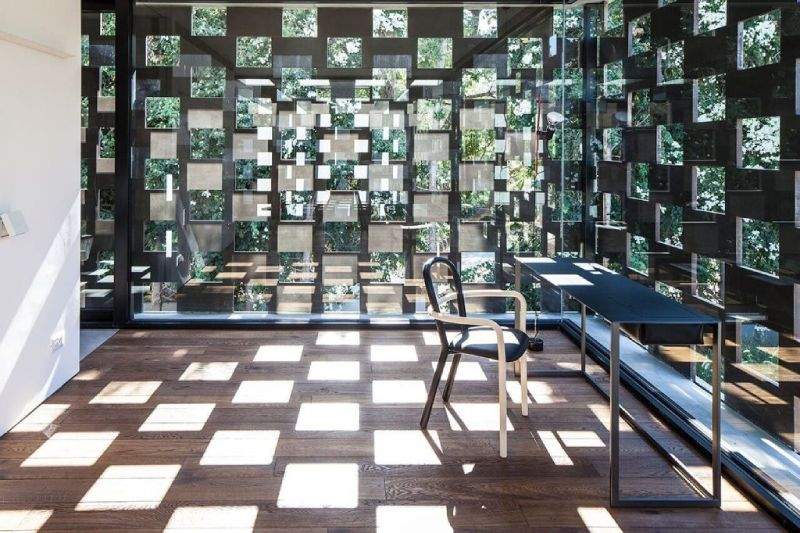
Source: Happho
Effective use of natural and artificial lighting allows people to continuously rediscover spaces. Light evokes feelings of stillness and rest, while darkness can create unease and a sense of restriction. The Romans demonstrated how light can clarify spatial features, reducing unnecessary movements and conveying a strong and seamless atmosphere.
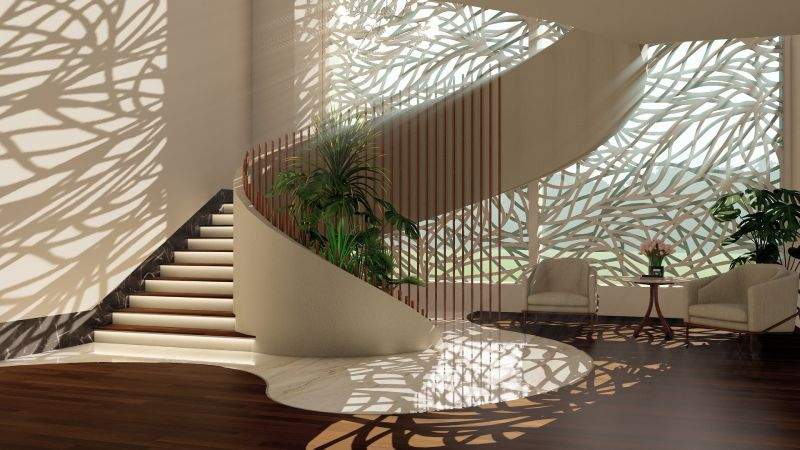
Source: Amusement Logic
When enhancing urban spaces with light and shadow, several criteria are vital:
- Relation: The absence of lights can obscure spatial features, and transparency plays a role in redefining spaces.
- Connection: Balancing the use of lighting to visually connect exterior and interior spaces.
- Separation: Utilizing artificial lighting to differentiate between levels and interior/exterior areas.
- Direction: Employing light to guide visual connections and stimulate movement.
- Light for vision and user workflow enhancement.
- Emphasizing the outdoors and natural colors through lighting.
By considering these criteria, urban designers can create engaging and comfortable environments that utilize the full potential of light and shadow.
Conclusion
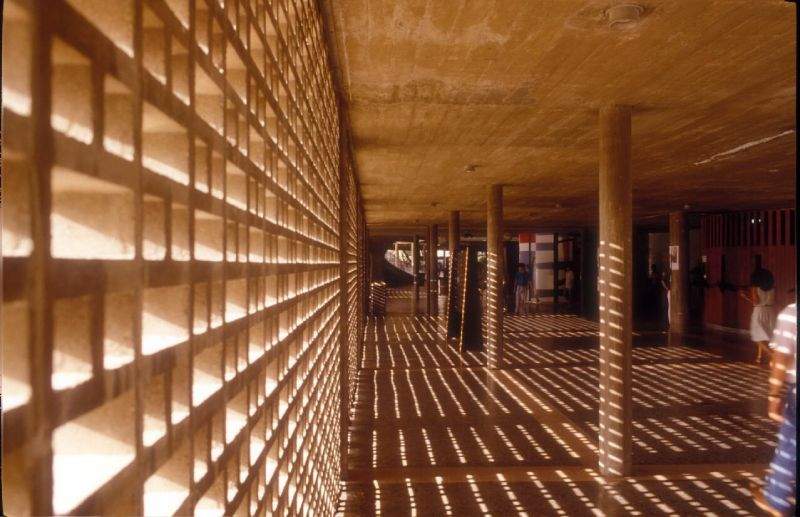
Source: Google
Light and shadow are crucial elements in architecture and urban design, particularly in sunny regions where sustainable practices are essential. Their effective use contributes to creating engaged, sustainable, and humanized urban spaces. By harnessing the potential of light and shadow, designers can enhance the overall quality and performance of urban environments.

